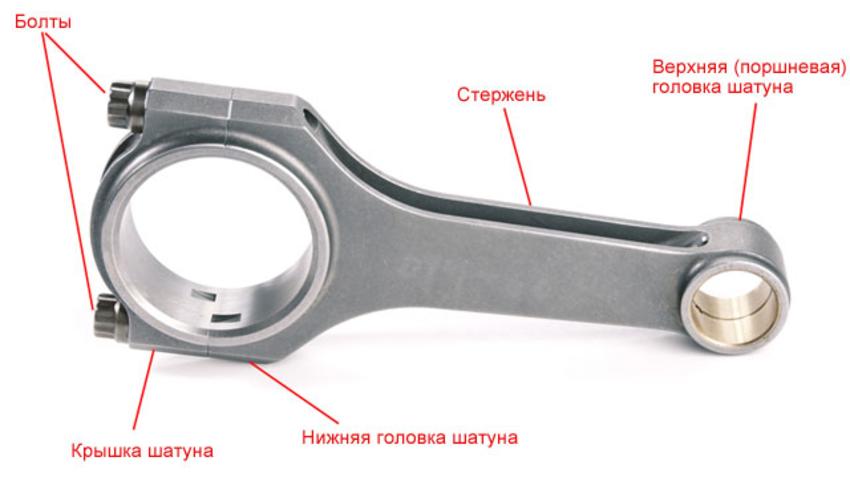
What are automotive engine connecting rods and how do they work?
The connecting rods have to withstand a lot of effort, just like the rest of the engine, and that's because they are responsible for the movement of the car, and there are cars that are much larger than others.
The inside of an engine is made up of many metal parts, each with a different function to keep everything working properly. All parts have a certain level of importance, and if one breaks, many others may break.
Connecting rods, for example, are metal parts that perform a very important function, and if one of them fails, the engine will have many serious problems.
What is an engine connecting rod?
In mechanics, a connecting rod is a hinge element for the longitudinal transmission of motion between two parts of the mechanism. It is subjected to tensile and compressive stresses.
In addition, connecting rods connect the crankshaft to the piston, which is part of the combustion chamber inside the cylinder. Therefore, a connecting rod can be defined as a mechanical element that, by means of traction or compression, transmits movement through the joint to other parts of the machine or engine.
What parts does the rod consist of?
The rod is divided into three main parts:
– Connecting rod end: This is the part with the largest hole that surrounds the crankshaft journal. This clip holds the metal bushing or bearing, which then wraps around the crankpin.
– Housing: this is the elongated central part that must withstand the greatest stresses. The cross section can be H-shaped, cruciform or I-beam.
– Leg: this is the part that surrounds the piston axis and has a smaller diameter than the head. A pressure sleeve is inserted into it, in which a metal cylinder is subsequently placed, which acts as a connection between the connecting rod and the piston.
Types of connecting rods
Lightweight connecting rod: a connecting rod in which the angle formed by the two head halves is not perpendicular to the longitudinal axis of the body.
One-Piece Connecting Rod: This is a type of connecting rod where the head does not have a removable cap, so it is integral with the crankshaft or must be separated by removable crankpins.
: